[Steven] has been working for the past year on a very cool pedal powered hydrofoil, which he calls the Wingbike.
We’ve seen plenty of trampofoils before, which are hydrofoils that can convert a human bouncing up and down… to horizontal movement. There have even been some pedal powered versions before, but its a rather tricky mechanism to get just right.
[Steven] has built his Wingbike almost entirely out of carbon fiber, and it only weighs 10kg.The biggest problem is balance, as you’re about 1.5M above the foils. If you lean too much, you fall. If you slow down too much, you sink. The current model he is working on has fairly large foils, which does help a bit with the balance, but that also increases the amount of energy required to propel it. He plans on creating new designs with much smaller and faster foils in the future.
Unfortunately, the water is getting quite cold in the Netherlands, so he’s going to spend the rest of the winter months optimizing the bike from a design perspective. Stick around after the break to see his latest successful test video!



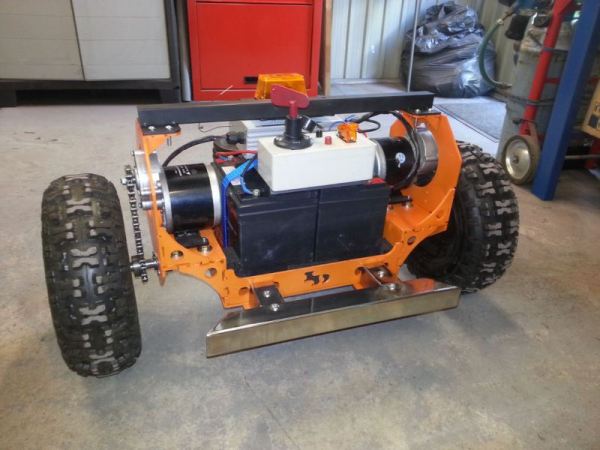
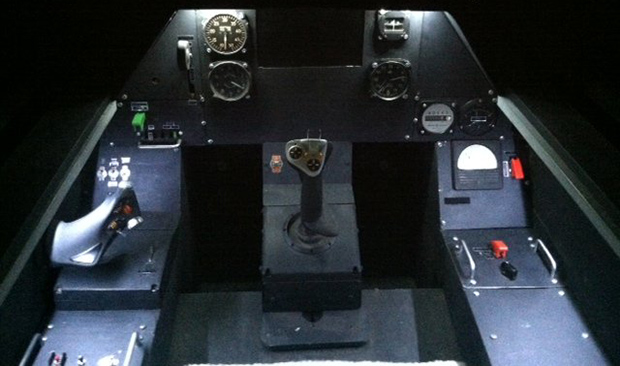
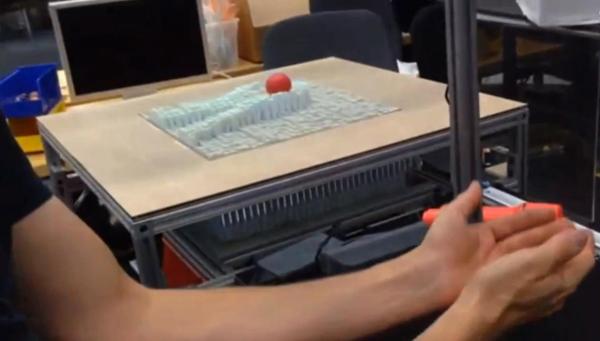
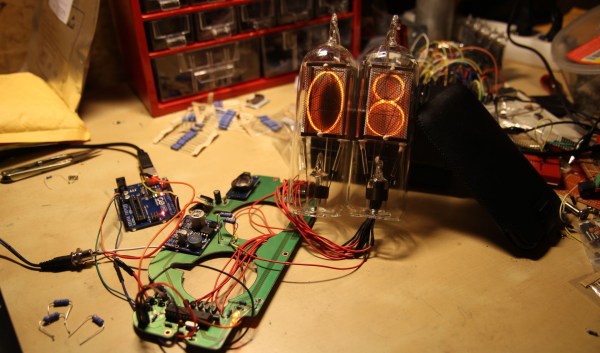
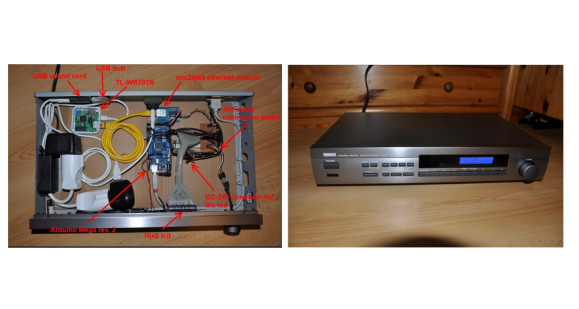 [Raffael] had an old Broken Yamaha natural sound receiver lying around. Rather than throw it out,
[Raffael] had an old Broken Yamaha natural sound receiver lying around. Rather than throw it out, 








